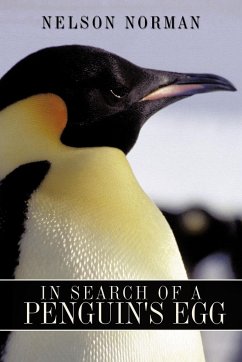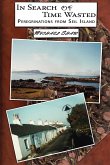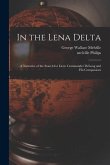A year living with ten scientists in a hut buried deeply within an ice shelf eight hundred miles from the South Pole is an unusual experience. Aside from the climatic problems and the care with interpersonal relationships essential in such circumstances the author¿s project was even more unusual and challenging. A few miles from this scientific station there was a rookery of about ten thousand Emperor Penguins. Captain Scott¿s friend and biologist Dr Edward Wilson was determined to discover whether these creatures were fish which could fly or birds which could swim like fish - or even reptiles for they were primitive creatures in evolutionary development. Wilson died with Scott on the way back from the South Pole and the scientific puzzle drifted into obscurity. The author, who was on National service fifty years later, and certainly not a professional explorer was asked to provide a timed series of Emperor Penguin embryos at twelve hourly intervals for ten days. Ignorant of what the project entailed he agreed and so started an adventure which coloured the rest of his life. No one told him that the penguins laid their eggs in pitch darkness in the depth of the polar winter, nor that the average temperature would be in the minus forties. Penguins, like sheep, are not easy to tell apart so how was he to time an embryo unless he saw the egg laid? How also was he to pick out the same penguin several days later to harvest the embryo? It was a mission which seemed close to impossible but then the challenge had been handed out to a daft Scotsman with the genes of a Scotch terrier.
Hinweis: Dieser Artikel kann nur an eine deutsche Lieferadresse ausgeliefert werden.
Hinweis: Dieser Artikel kann nur an eine deutsche Lieferadresse ausgeliefert werden.








